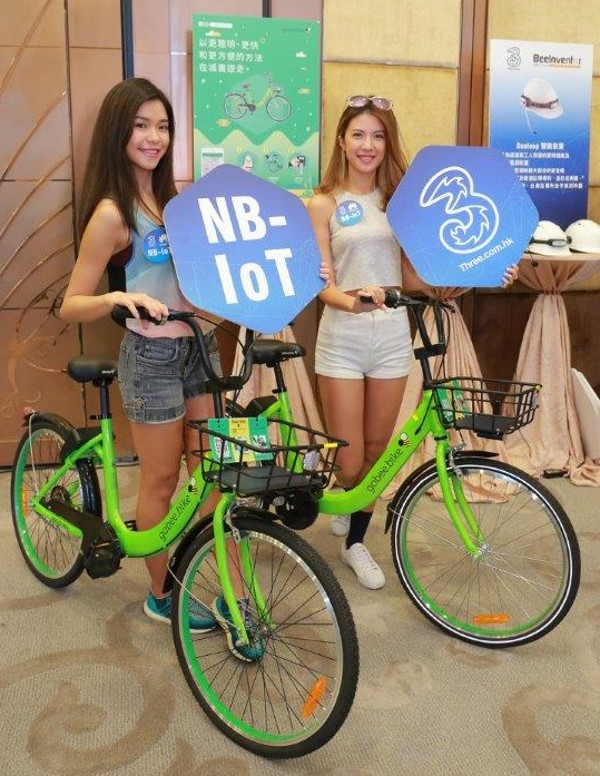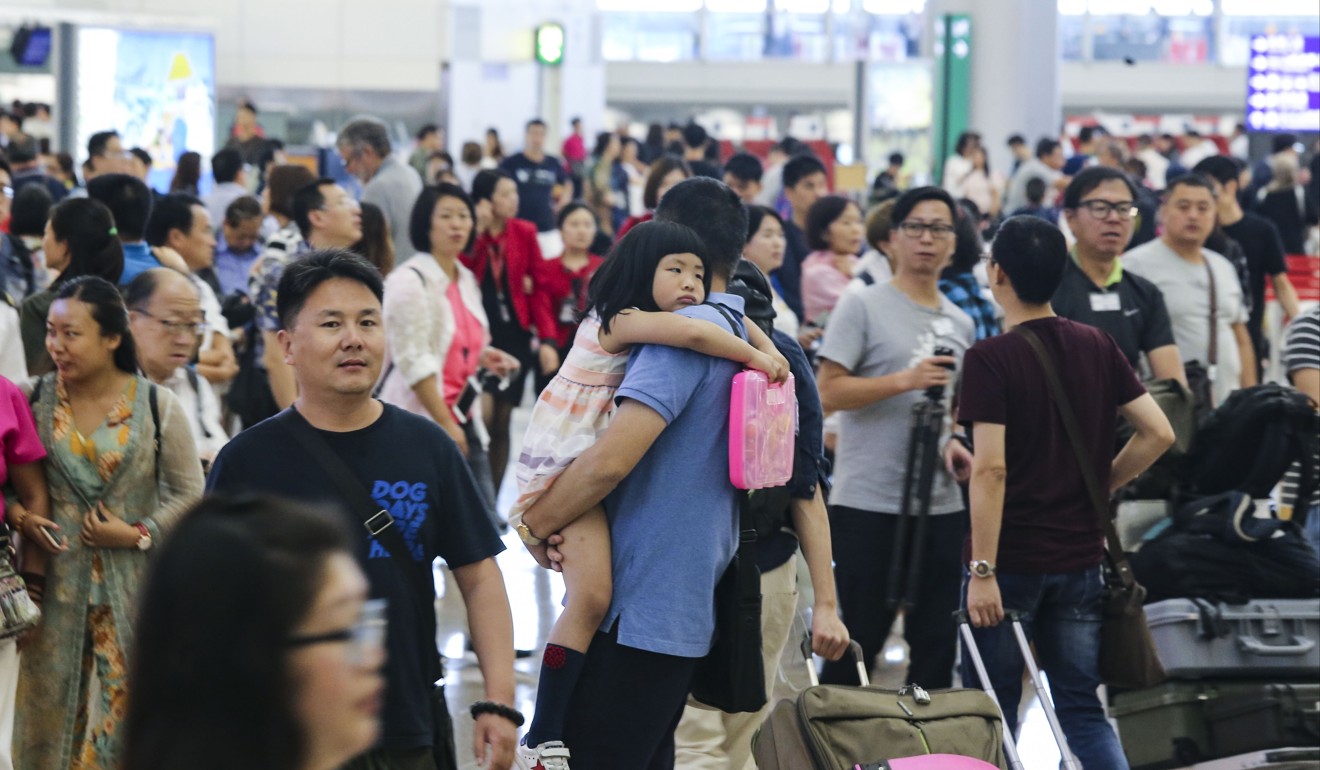
Hutchison Telecom to usher in new era of fully ‘connected’ devices
Backed by supplier Huawei, the operator has launched a so-called narrowband internet of things infrastructure to step up its 5G preparations and support the ‘smart city’ initiative of Hong Kong
Hutchison Telecommunications Hong Kong, the city’s second-largest mobile network operator, has opened the industry’s first large-scale internet of things infrastructure, which steps up the company’s preparations for future 5G services and advances the government’s ambitious “smart city” initiative.
The new capability, being offered under the Three Hong Kong brand, the mobile arm of Hutchison Telecom, was built with equipment from supplier Huawei Technologies and based on the global standard called narrowband internet of things (NB-IoT), which is the same low-power, wide-area IoT specification supported by the mainland Chinese government.
We deploy sensors at strategic routes to collect real-time traffic data, in manholes of city storm drains to detect water levels, and inside slopes to detect impending landslides
IoT represents a super network, consisting of internet-linked devices embedded in everyday objects that gather, send and receive data, as well as controlled via mobile application.
This ubiquitous connectivity will enable businesses and governments to gain new insights on delivering products and services, and automating operations.

“We may be the first in the market to switch on an NB-IoT network, but the important thing for us is to build up an ecosystem, which includes other operators and industries, device manufacturers and application developers,” Hutchison Telecom chief executive Cliff Woo Chiu-man told the South China Morning Post.
“Our main focus is to raise awareness of NB-IoT in Hong Kong, get a lot more enterprises involved and build up demand for solutions over time.”
The Hong Kong government has urged industries to adopt IoT solutions to foster more digital business initiatives that would benefit industries and the larger community.
Nicholas Yang Wei-hsiung, the Secretary for Innovation and Technology, said in June the government was already using IoT sensors to improve public services.
“We deploy sensors at strategic routes to collect real-time traffic data, in manholes of city storm drains to detect water levels, and inside slopes to detect impending landslides,” Yang said.

Apart from market education, the primary challenge for wider IoT adoption has been the use of different technology specifications, such as Lora and SigFox.
That led Huawei and Three Hong Kong to build an infrastructure based on the NB-IoT specification of the 3rd Generation Partnership Project (3GPP), a standards-setting international body of telecommunications associations, that uses the operator’s 900-megahertz mobile spectrum, according to Daniel Chung Yiu-man, Hutchison Telecom’s chief technology officer.
Jefferies equity analyst Edison Lee recently said the 3GPP, which is involved in both 5G and IoT standards, “has a clear migration path to integrate NB-IoT features into 5G in the next two to three years”.
Apart from ratcheting up preparations for future 5G services, Woo said NB-IoT marks a strategic mobile business expansion for Hutchison Telecom, which divested its fixed-line operation in July for HK$14.5 billion in cash to Asia Cube Global Communications.

